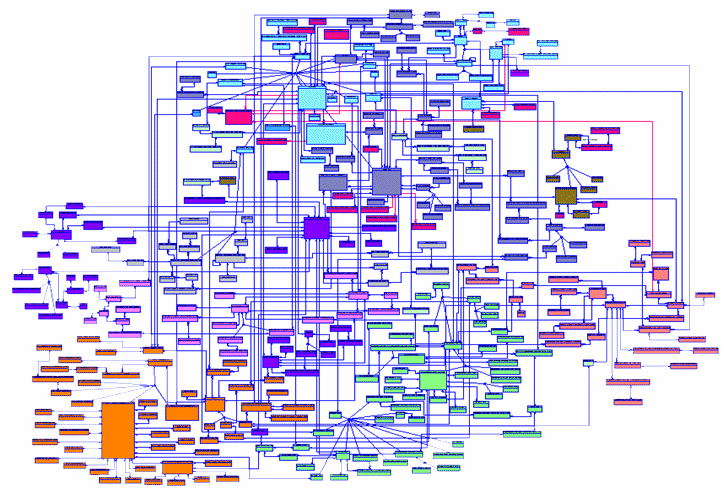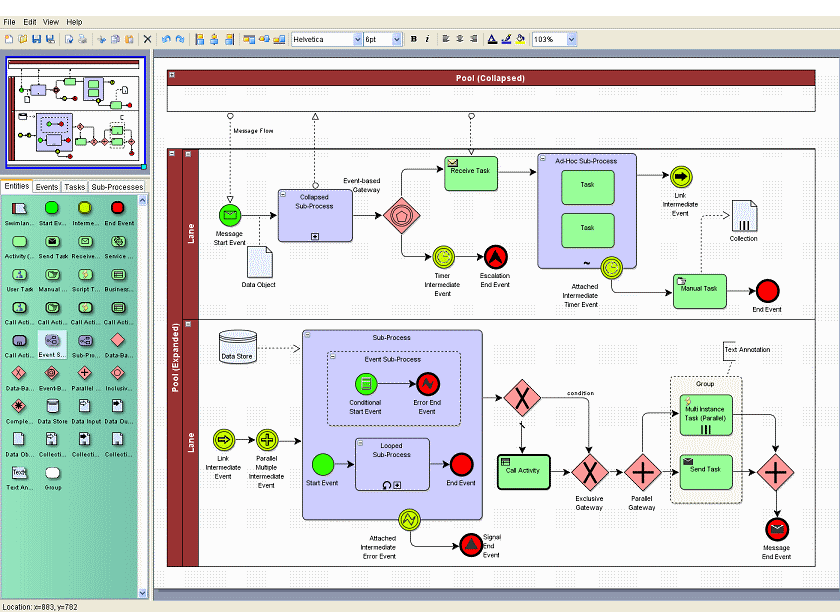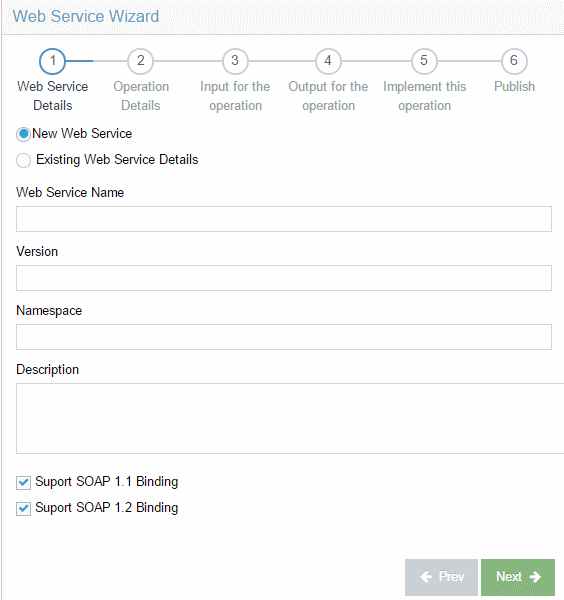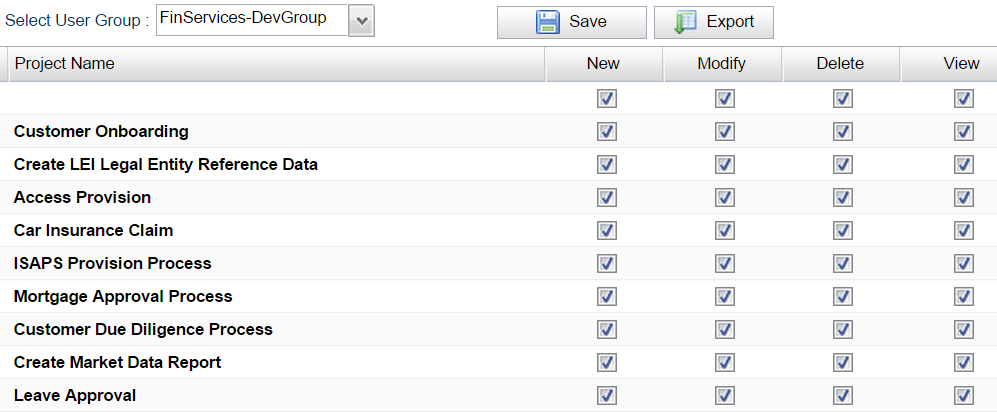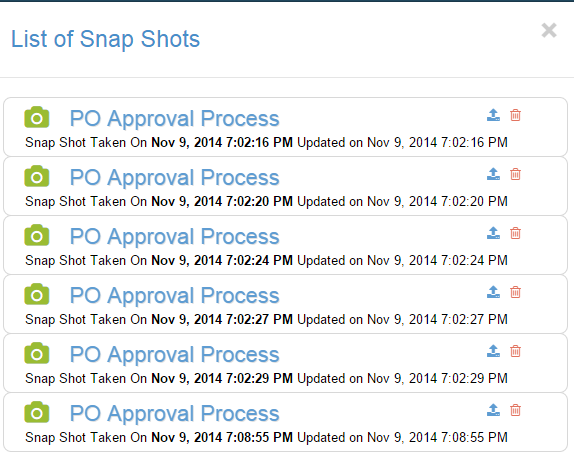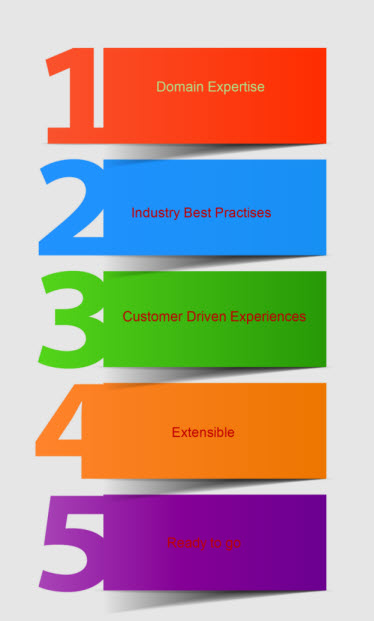Applied IT Solutions are BPM
Enable connect-collaborate-build-manage across business communities

Applied IT Solutions approaches BPM through the application of commercial-of-the-shelf software. It is configured, never customized to maintain upgradability. It is configured to address a clearly identified specific business need and brings about an equally clear measureable benefit. AITS works for the business in selecting software vendors (often through an independent RFP evaluation process) and providing leadership through the implementation of specific technology as subject matter experts.
Applied IT Solutions advocates standardized notation in BPM which has become central to collaborative modeling and technological interopability. This leads to vendor independence and permits focus on the technique of applying BPM to the business, instead of learning a vendor's product - and that really is, a better goal.
With over 100 years combined experience, Applied IT Solutions' teams know the strengths and weaknesses of BPM projects. AITS often works from the problem definition stage - before software vendors are involved. Business requirements are often written by folks that understand the business but not the technology nor the language of the marketplace that technology is part of. This can complicate the RFP process and can even bring vendors to the table that do not really belong there. AITS provides oversight and industry expertise to shorten the vendor selection cycle and get the project underway.
Applied IT Solutions models, builds and deploys entire BPM applications
AITS BPM solutions are unique, next generation, agile, massively scalable, secure BPM implementations
that can be deployed on-premise, in private cloud, or as a service
-
Model Structured and Unstructured Processes
AITS designers create tasks, sub-tasks, cases, link-cases, automated SLA Tracking, Manage documents, Performance Metrics and more.
-
Simulate Structured and Unstructured Processes
AITS simulation is second to none. It is used to set expectations on performance metrics to support any planned operational changes.
-
Business Rules Through Independent Graphical Rules Editor
Business stakeholdes can adapt business rules to their evolving needs without involving their IT department. Need to change a routing rule?
No project required. -
Enterprise Data Modeling
AITS analysts and architects provide data models that can be used to store the data in Relational or NOSQL databases.
-
Incorporate your Org Chart
Model your organization chart, define roles, then associate users to roles. Associate skills to those roles and tasks can be assigned by needed skill.
-
Responsive UI
Robust user interfaces provide information from many sources to accommodate rapid data entry, analysis or approval processes.
-
Adaptive Case Management
AITS provides multiple services, including business rules management, business monitoring, collaboration, integration, document capture, and case management.
-
Collaborative Modeling
Process experts can collaborate on processes and reuse the business knowledge that has been built up over time. Standard models unify operations providing consistency.
-
Modern, Flexible, Powerful Process Engines
AITS platforms are stateless, nimble, highly scalable BPM engines that can handle a large number of concurrent users.
-
BAM, KPI Dashboards
AITS provides real time visibility and tracking of all actions and non-actions as needed. Industry best practices and governance mandates often direct the reporting requirements.
-
Access rights for every object
Access rights can be set for Organization Charts, Data Models, Forms, Business Processes for user groups or users.
-
Version Control, Snapshots, Grouping of Project Artifacts
Backups and snapshots with audit control enable you to go back in time to any version of a working system. Crucial to support an operations audit demonstrating past corporate compliance.
-
Process Accelerators and Best Practices
The AITS knowledge center has several proven collaborative models and processes that can be used to kickstart projects immediately.
-
BPM With Instant SOA
AITS uses Web Services Generators that can be invoked from any BPM Service task to provide powerful data integration capabilities.

